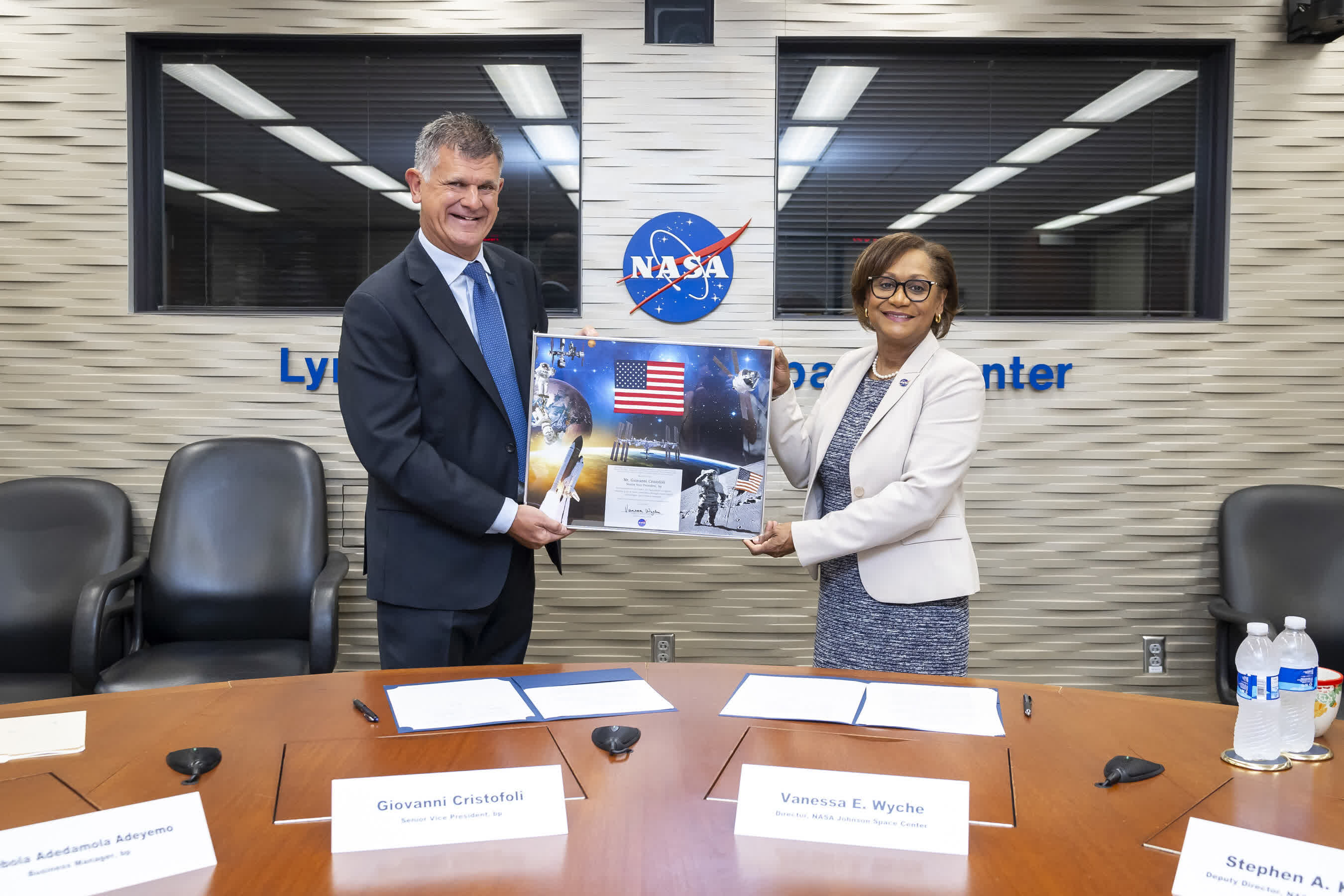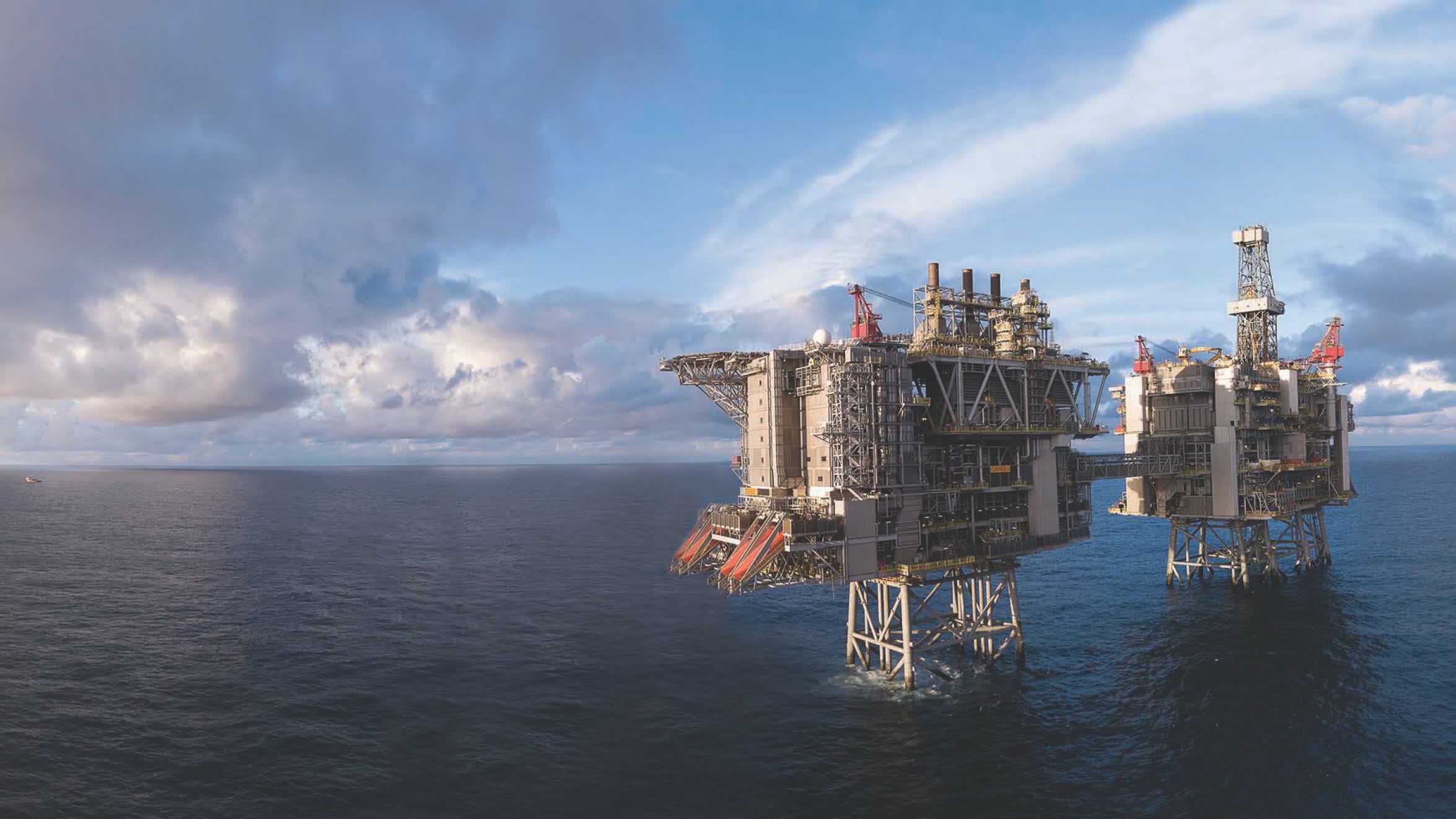What just happened? BP America has signed an agreement with NASA that could see the oil and gas company's technology used to drill for resources on the Moon or Mars. The two organizations have agreed to share digital technologies and technical expertise gained from decades of operating in harsh environments.
While BP has long carried out operations in some of the toughest, most remote areas on Earth, NASA has been exploring distant planets. The new deal, which falls under the Space Act Agreement, will initially enable the two to collaborate on various technologies, such as digital models and simulations that allow workers to visualize equipment in these hostile locations, whether it is 14,000 feet underwater or millions of miles away on another planet.
The Space Act Agreement is a legal agreement under the National Aeronautics and Space Act of 1958 that empowers NASA to work with companies, universities, and other entities to advance its mission and project objectives.
BP believes that not only will the deal help its plans for drilling for oil and gas here on Earth, but also help advance energy production on our planet, as well as human exploration of the Moon, Mars, and beyond.

The partnership could lead to future collaborations between BP and NASA on hydrogen, regenerative fuel cells, high-capacity batteries, solar power systems, and small-scale nuclear power systems.
"Both BP and NASA are custodians of deep technical expertise, working in extreme environments – whether that's at the bottom of the ocean or on the moon," said Giovanni Cristofoli, SVP of BP Solutions. "Sharing what we know with each other will help us solve complex engineering problems faster, meaning we can focus on keeping energy flowing safely and delivering higher margins with lower emissions," Cristofoli added.
News that BP's tech could one day be used to drill for resources on Mars comes just days after scientists reported the presence of a significant reservoir of liquid water deep within the Red Planet's crust. The findings have raised new questions about the hydrological history of Mars and the possibility of life on the planet. Ancient Martian oceans could be found trapped within rocks about seven to 12 miles below the planet's surface, requiring advanced drilling technologies to investigate.
NASA has faced budgetary issues recently. Financial reasons caused the discontinuation of the Volatiles Investigating Polar Exploration Rover (VIPER) project last month, which had already been built at a cost of $450 million and just required testing. The space agency is now seeking companies to take over the project.
